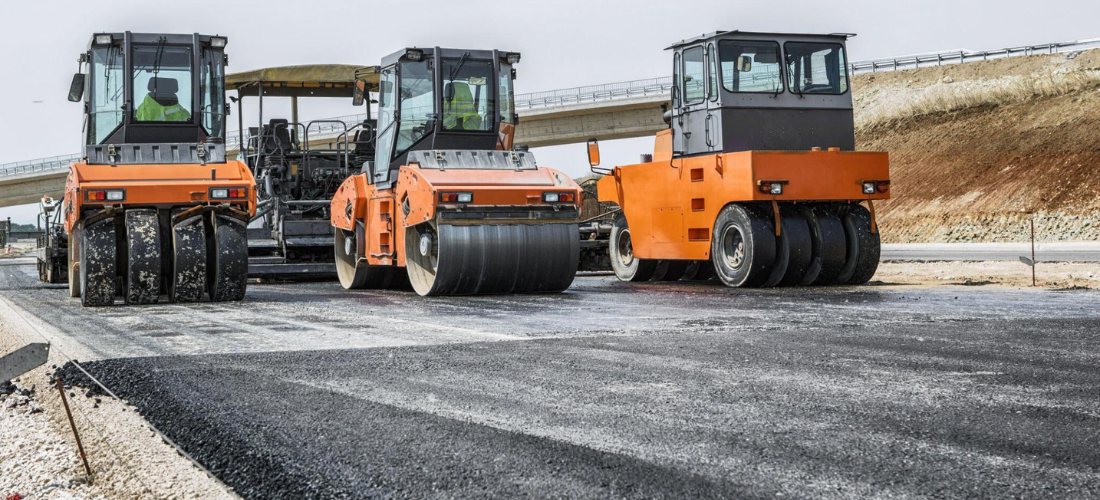In the intricate network of infrastructure, road maintenance stands as a crucial pillar for
ensuring safe and reliable transportation. A roadmap to excellence in this realm involves
understanding and implementing various types of maintenance strategies. This blog
explores the diverse approaches to road maintenance and unveils the best practices that
contribute to the longevity and efficiency of our roadways.
- Preventive Maintenance: Paving the Way for Longevity
Preventive maintenance is the cornerstone of a successful road maintenance strategy. This
proactive approach involves regularly scheduled inspections, surface treatments, and minor
repairs to address potential issues before they escalate. The goal is to extend the lifespan of
the road, minimize the need for major repairs, and reduce overall maintenance costs.
Best Practices for Preventive Maintenance:
- Regular pavement inspections and condition assessments.
- Timely application of surface treatments, such as sealcoating and microsurfacing.
- Addressing minor cracks and potholes promptly to prevent further deterioration.
2. Corrective Maintenance: Addressing Immediate Needs
Corrective maintenance comes into play when issues with the road surface or infrastructure
demand immediate attention. This reactive approach focuses on fixing problems as they
arise to ensure the safety and functionality of the road. Corrective measures can include
patching, resurfacing, or even reconstruction, depending on the severity of the issues.
Best Practices for Corrective Maintenance:
- Prompt response to emergency repairs, such as fixing sinkholes or major pavement
failures. - Efficient coordination and communication to minimize disruptions to traffic.
- Utilization of durable and high-quality materials for long-lasting repairs.
3. Routine Maintenance: Keeping Things Running Smoothly
Routine maintenance involves regular tasks to keep the road in optimal condition. This
includes activities like street sweeping, vegetation control, and drainage maintenance.
While these tasks may seem minor, they play a crucial role in preventing issues like
waterlogging, maintaining visibility, and ensuring overall road aesthetics.
Best Practices for Routine Maintenance:
- Regular cleaning of road surfaces to prevent debris accumulation.
- Vegetation control to minimize the risk of root damage to pavement.
- Inspection and cleaning of drainage systems to prevent waterlogging.
4. Winter Maintenance: Battling the Elements
In regions prone to harsh winter conditions, specialized maintenance is necessary to combat
the impact of snow and ice. Winter maintenance involves strategies like de-icing, plowing,
and applying abrasives to enhance road safety during inclement weather.
Best Practices for Winter Maintenance:
- Timely and efficient snow removal to ensure safe driving conditions.
- Application of environmentally friendly de-icing agents to minimize environmental
impact. - Monitoring and responding to weather forecasts to plan maintenance activities.
6. Technology Integration: The Future of Road Maintenance
Embracing technology is a key aspect of modern road maintenance. Advanced tools such as
pavement condition sensors, data analytics, and predictive maintenance software enable
authorities to make informed decisions, optimize maintenance schedules, and allocate
resources more effectively.
Best Practices for Technology Integration:
- Regular updates and calibration of sensors for accurate data collection.
- Implementation of predictive maintenance algorithms to anticipate issues.
- Training maintenance personnel in the use of technology for efficient operations.
The roadmap to excellence in road maintenance involves a strategic blend of preventive,
corrective, routine, and specialized maintenance practices. By adopting a holistic approach
and leveraging technological advancements, we pave the way for roads that are not just
functional but resilient, safe, and sustainable. As we navigate the journey to road
excellence, the commitment to meticulous maintenance practices becomes the driving force
behind a well-connected and efficient transportation network.

